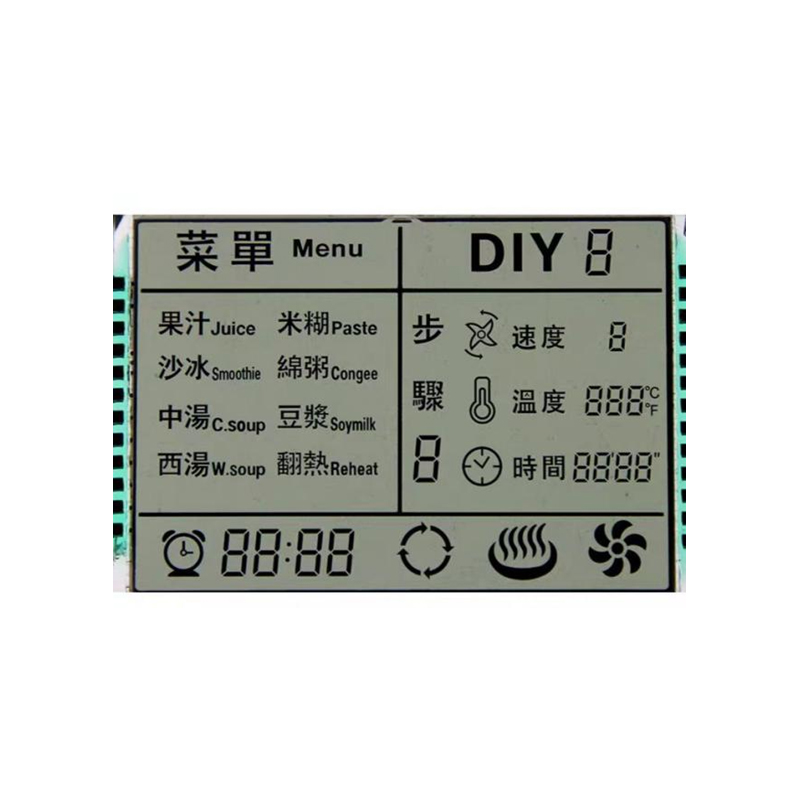
Choosing the best OLED display panel can be overwhelming with so many options on the market. This guide provides a detailed comparison of top-performing panels, considering factors like resolution, brightness, contrast, response time, and burn-in resistance. We'll also cover different applications and help you determine which panel best suits your needs, whether it's for a high-end TV, a professional monitor, or a cutting-edge mobile device. Learn about the latest advancements in OLED display panel technology and make an informed decision.
Organic Light-Emitting Diodes (OLEDs) are self-emissive displays, meaning each pixel generates its own light. This differs from LCDs, which require a backlight. This inherent characteristic allows OLEDs to achieve perfect blacks, infinite contrast ratios, and incredibly vibrant colors. The result is a superior visual experience unmatched by many other technologies.
OLED technology boasts several key advantages: exceptionally deep blacks, resulting in higher contrast ratios; vibrant and accurate colors with a wider color gamut; faster response times, eliminating motion blur; and wider viewing angles, offering consistent image quality from any position. However, it's important to acknowledge some limitations, discussed below.
While offering impressive visual quality, OLED displays are susceptible to burn-in, a phenomenon where static elements, such as a channel logo, become permanently etched into the screen. Furthermore, OLED displays generally have a shorter lifespan than LCD counterparts and can be more expensive to manufacture. Recent advancements, however, have significantly mitigated burn-in concerns.
| Panel Model | Resolution | Brightness (nits) | Response Time (ms) | Applications |
|---|---|---|---|---|
| LG Display C9 OLED | 4K (3840 x 2160) | 700 | 0.1 | TVs, Monitors |
| Samsung Display S95B OLED | 4K (3840 x 2160) | 800 | 0.1 | TVs |
| BOE OLED | Varying | Varies by model | Varies by model | Smartphones, TVs |
Note: Specifications may vary depending on the specific model and manufacturer. Always check the manufacturer's website for the most up-to-date information.
For home entertainment, high-resolution (4K or 8K) panels with high brightness and excellent color accuracy are crucial. Consider factors like screen size, HDR support, and built-in smart features.
Professionals, such as graphic designers and video editors, require accurate color reproduction, a wide color gamut, and a high refresh rate for smooth performance. Consider color calibration capabilities and certifications like Adobe RGB or DCI-P3.
In mobile devices, power efficiency, durability, and a compact form factor are essential considerations. Look for panels with high pixel density for sharp images and vibrant colors on a smaller display.
Selecting the best OLED display panel involves carefully evaluating your specific needs and considering the various factors outlined above. While OLED technology offers superior image quality, it's essential to weigh the pros and cons to make an informed decision. Remember to consult reviews and compare specifications before making a purchase. For high-quality OLED display panel solutions, consider exploring options from reputable manufacturers like Dalian Eastern Display Co., Ltd., a leading provider in the display industry. They offer a wide range of customizable options to suit diverse applications.
1Manufacturer websites. Specific model specifications may vary.












